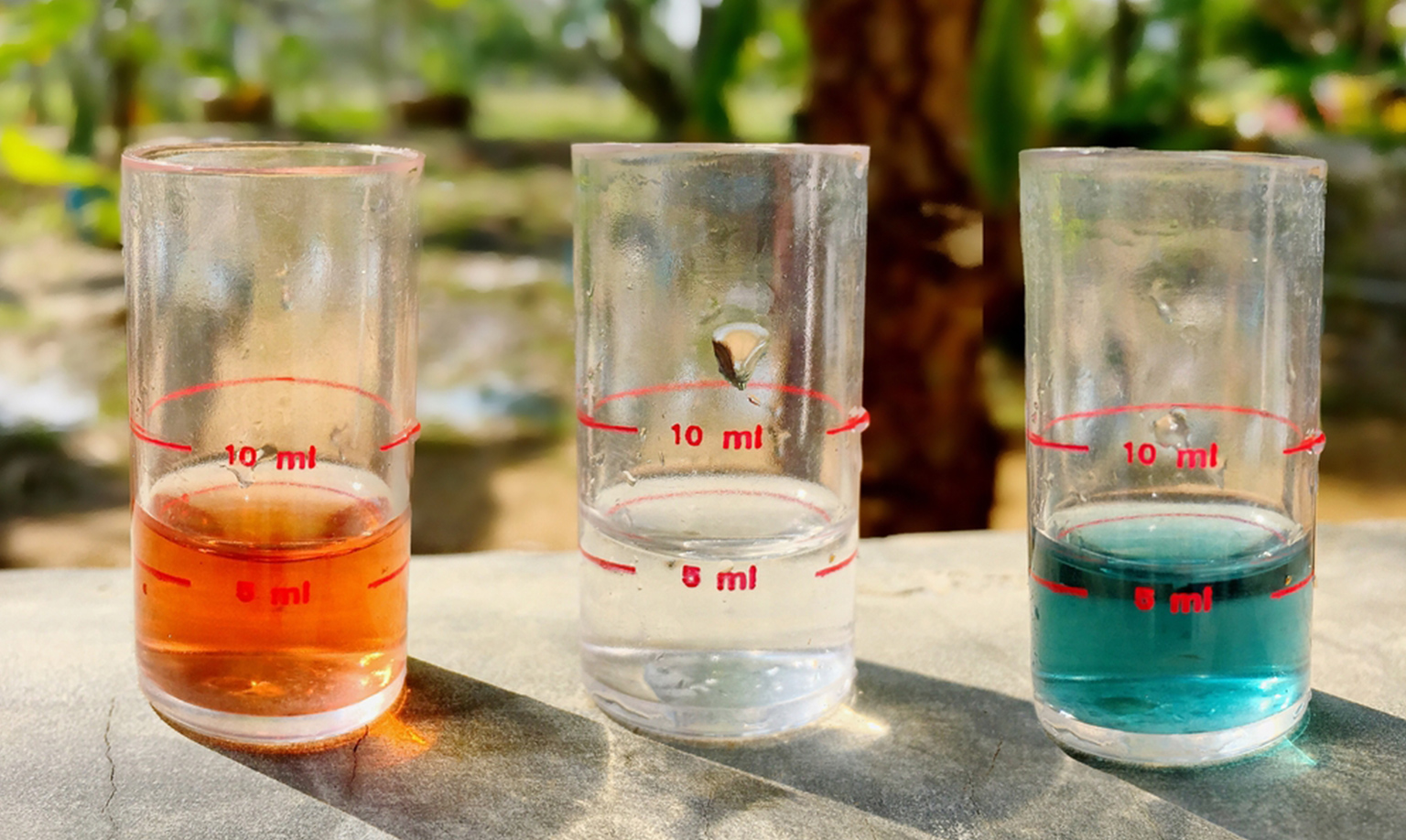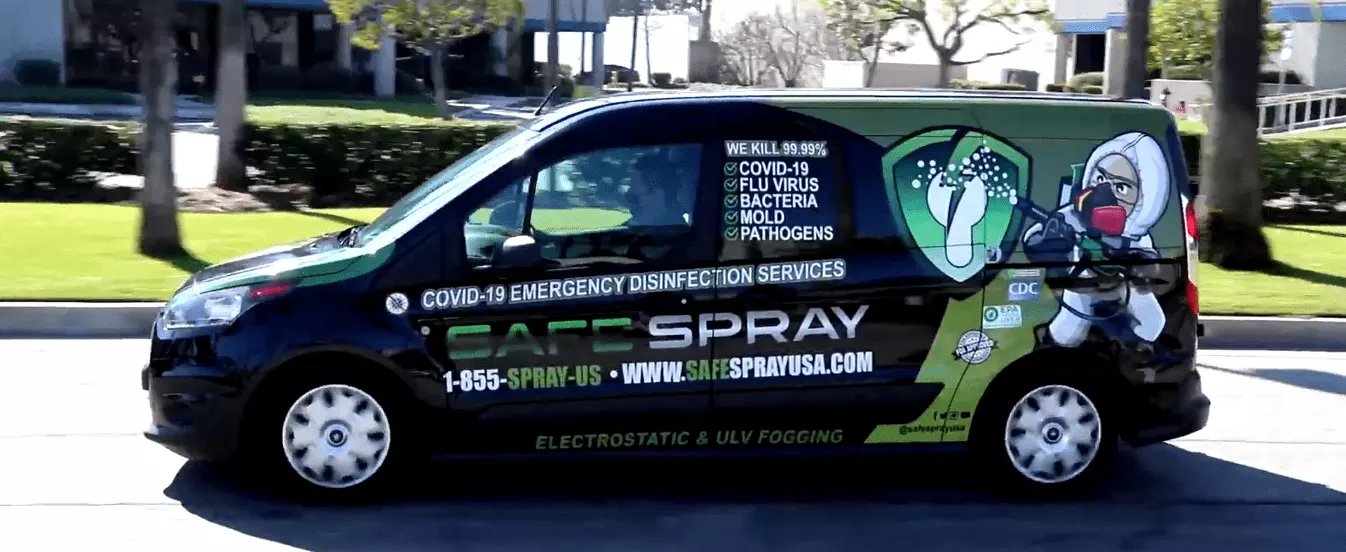Get a Free Estimate
Your information will not be shared. Safe Spray will send you a custom estimate.

When selecting a chemical to disinfect your space, you may see references to pH. But what is pH and how does that apply to everyday disinfecting?
Turns out, a lot.
The pH level of the products you use significantly impacts the power and usability of the chemicals you are using to disinfect. Having a good idea of the pH of these different products will help you better prepare to disinfect a space while keeping yourself safe in the process.
What is the pH scale?
The pH is a numerical scale from 0-14, with pure water representing a pH-neutral solution of 7. A pH below 7 is an acid, above 7 is alkaline. As you move further away from 7, the stronger the solution gets. Each pH unit represents a 10-time increase in acidic or alkaline strength, making the pH scale a logarithmic scale.
The different chemicals you use to clean and disinfect your homehave different pH levels that affect their effectiveness and use. Here is a breakdown of some common cleaners:
Chlorine bleach (pH 11 – 13): This product’s pH makes it an excellent option for whitening and removing stains. It also happens to be a highly corrosive disinfectant, so you need to handle it with care when using it.
Toilet bowl cleaner (pH 1 – 3): At the other end of the pH scale, this cleaner is highly acidic, which works well when you are trying to remove minerals and other non-organic buildups toilet bowls. These products must also be used with extreme caution.
Baking soda (pH 8-9): This is a great product to use in your home because it will effectively remove grease and dirt but is not corrosive.
Borax (pH 10): The pH level of Borax means it’s not as corrosive as bleach and ammonia but still an effective cleaner and disinfector.
Dish detergent (pH 7 – 8): When using a mild dish detergent (it will typically be labeled as such), the pH level generally is middle of the road, which is suitable for products you will be using daily. That being said, to protect your skin — even simply from dryness — wearing gloves can be helpful when using dish detergent.
Lemon (pH 3): You can find many uses for lemons when it comes to cleaning and disinfecting your home. However, the acidity of the product can cause damage if you are not careful.
Ammonia (pH 11 – 12): This product is highly alkaline, making it an excellent option for removing dirt and grime.
Vinegar (pH 3): The acidic properties of vinegar make it perfect for removing tough mineral deposits, but it also makes it a bad choice for some surfaces (particularly stone).
Oven & Grill Cleaners (pH 13-14): These cleaners are at the high end of the pH scale because they have Potassium Hydroxide or Sodium Hydroxide as their main ingredient. They are highly corrosive, meaning you must wear gloves and other protective gear, including eyewear, while using.
All-Purpose Cleaners (pH 6-8): All-purpose cleaners typically have a neutral pH of 6 or 8, making them safe for use and suitable for cleaning surfaces that are dusty or lightly soiled.
Tub and Tile Cleaner (pH 11-13): This is another alkaline substance that removes, cleans, and disinfects effectively, but that can be corrosive.

Get Your Free Quote Today!
We also offer a no obligation, free onsite service estimate.

 Get a free Consultation
Get a free Consultation